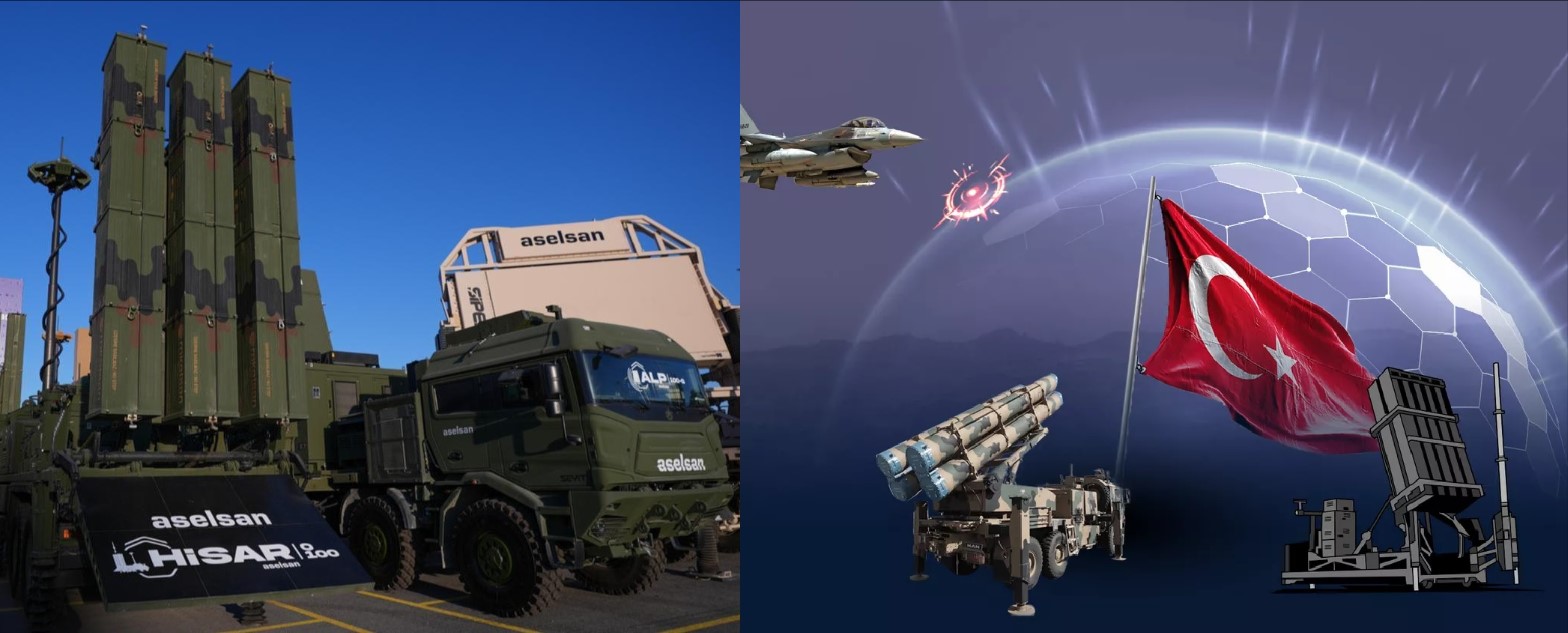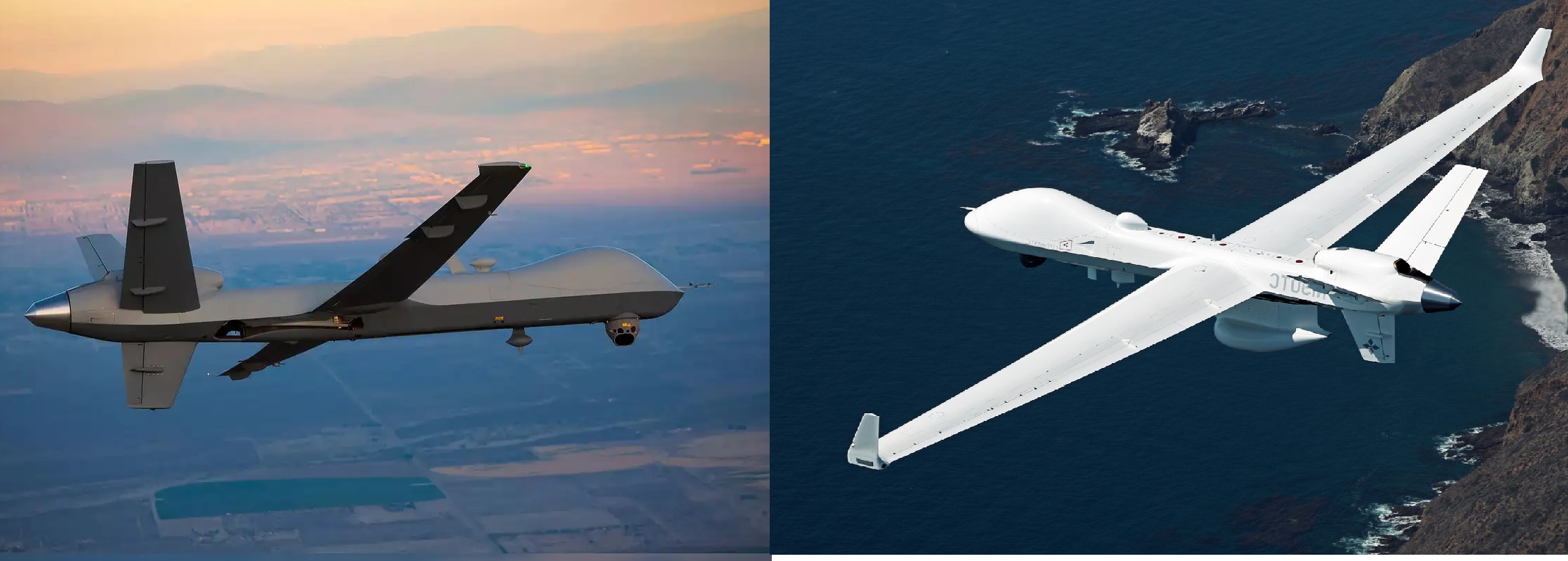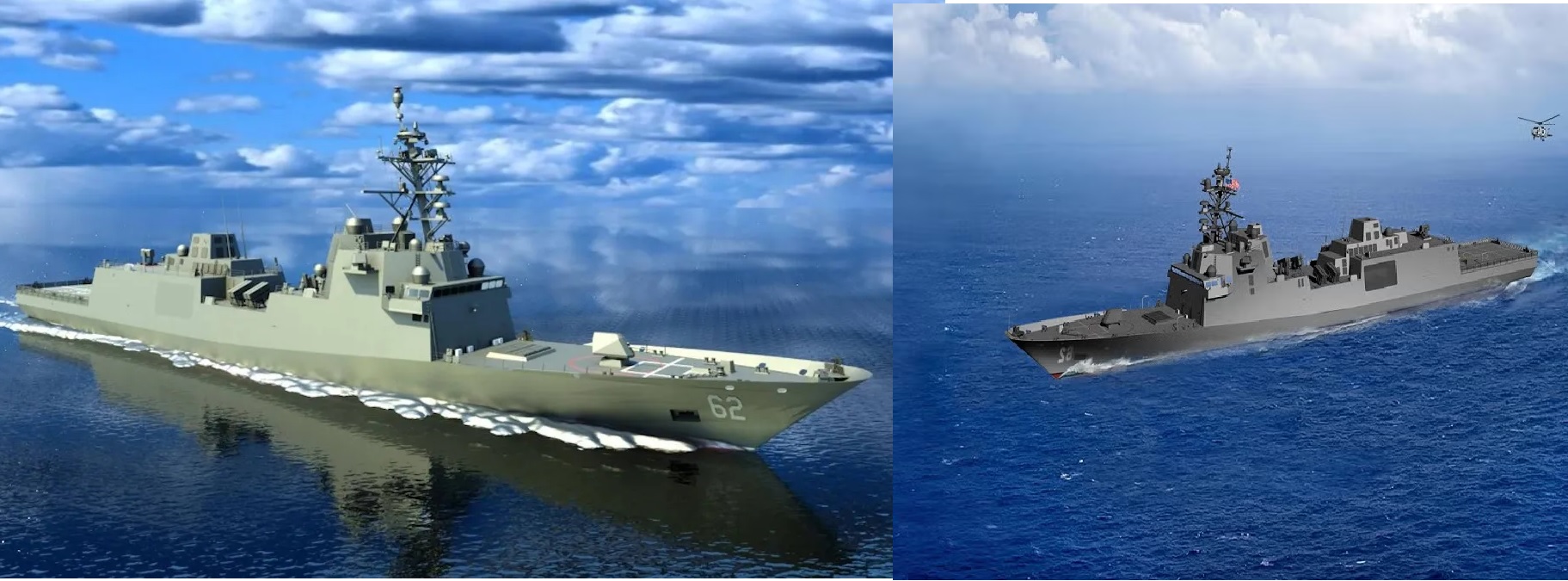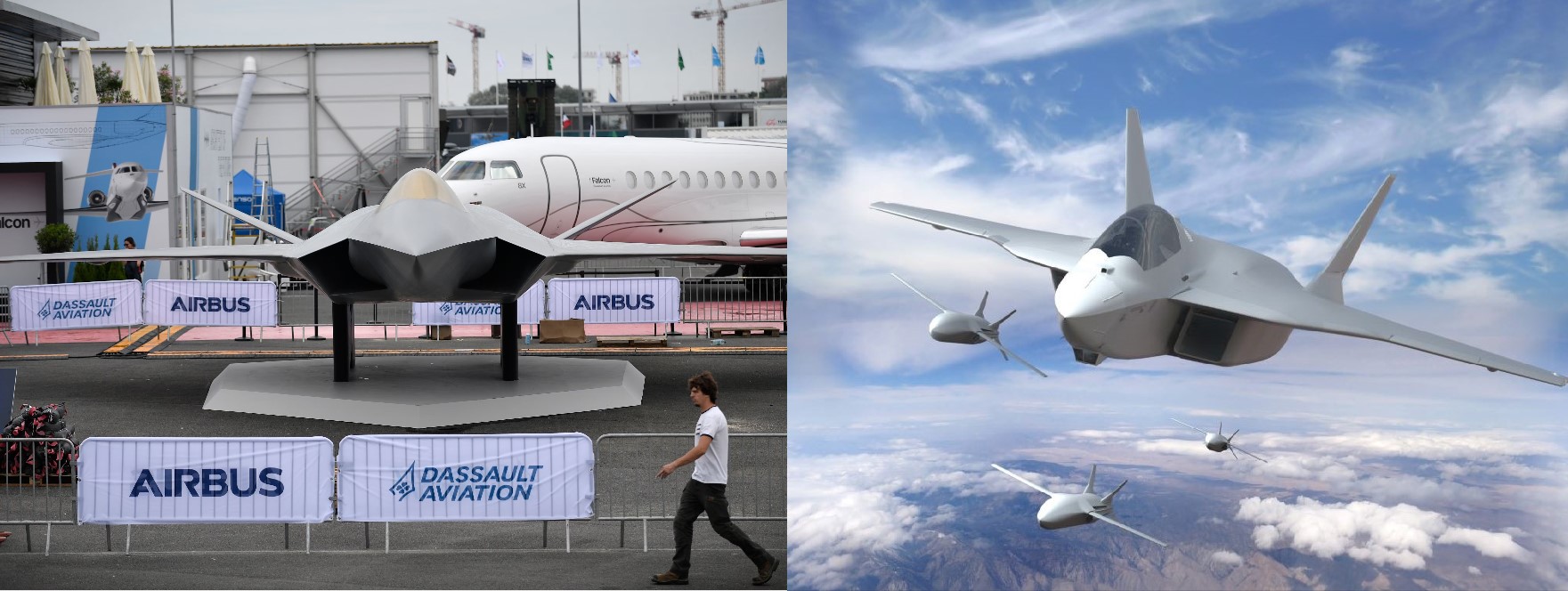U.S. Navy Moves Forward With New Low-Cost Heavyweight Torpedo Program, RAPTOR

The U.S. Navy has taken a significant step toward reshaping its future undersea warfare arsenal by moving ahead with RAPTOR (Rapid Acquisition Procurable Torpedo), a new heavyweight torpedo program designed to be far cheaper, faster to produce, and scalable compared to the Navy’s existing Mk-48 ADCAP inventory.
A brief contract notice published on November 21 by the Pentagon’s Strategic Capabilities Office (SCO) confirms the Navy’s intent to seek industry proposals for the torpedo under contract number SCO-PS-26-01, marking the first formal move since the program was publicly revealed in 2024 by The War Zone.
A Torpedo Designed for Future High-Intensity Conflict
RAPTOR is envisioned as a new class of affordable 21-inch (533 mm) heavyweight torpedo compatible with all U.S. Navy nuclear attack submarines. The system is specifically aimed at bolstering magazine depth and production capacity as the Navy prepares for potential high-end conflicts where mass, speed of production, and cost-efficiency may be as critical as raw performance.
According to earlier reports, RAPTOR is projected to cost around $500,000 per unit—dramatically lower than the current Mk-48 ADCAP MOD 7, which costs over $4 million per torpedo, as revealed in Fiscal Year 2025 budget documents. The Navy bought 79 Mk-48 MOD 7 units at that price point, underscoring growing concerns about sustaining stockpiles for prolonged conflict.
A Lower-Cost Weapon, Same Lethal Punch
While RAPTOR is intended to be less sophisticated than the Mk-48 family, it is not expected to compromise on destructive power.
“This is a mission-specific, limited-capability weapon, but it’s still the same explosive yield,”
said Captain Chris Polk, Undersea Weapons Program Manager, in comments reported by The War Zone.
The main cost savings are expected from reductions in sensors, guidance systems, or mission-adaptable targeting capabilities. Experts suggest RAPTOR may:
-
Feature simpler guidance algorithms
-
Have reduced run time or range
-
Omit complex submarine-hunting modes
-
Be optimized for specific mission sets like surface strike, mine-clearing, or close-range engagements
This makes the weapon ideal for high-volume production during emergencies while preserving the Mk-48 torpedoes for priority targets like advanced submarines or capital ships.
The Mk-48: Still the Backbone of U.S. Submarine Firepower
The heavyweight Mk-48 torpedo remains the U.S. Navy’s primary undersea weapon for over 40 years, evolving through multiple upgrades:
-
Mk-48 ADCAP MOD 7, with improved software and control systems, entered service in 2006.
-
Mk-48 MOD 8 (APB 6 / Tech Insertion-1) introduces an all-new guidance section, denser sonar array, modern transmitter/receiver suite, a revamped warhead electronics package, and enhanced fiber-optic guidance for better post-launch communications.
-
Mk-48 MOD 9 (APB 7 / Tech Insertion-2) is in development, promising upgraded propulsion, range, and sensing capabilities. Notably, budget documents assign MOD 8 and MOD 9 to different mission roles, offering “two distinctly different capabilities.”
These improvements reflect the Navy’s need to counter increasingly quiet Chinese and Russian submarines.
Beyond Heavyweights: The Rise of Compact Attack Torpedoes
In parallel to RAPTOR, the Navy is pursuing Project Revolver, an initiative to greatly expand torpedo magazine capacity on attack submarines. The program explores packing multiple MK 58 Compact Rapid Attack Weapons (CRAW)—a lightweight 6.75-inch torpedo—into standard torpedo rooms, countermeasure tubes, or even vertical launch cells on Virginia-class SSNs.
If successful, Project Revolver would allow a submarine to deploy dozens of lightweight torpedoes for close-range engagements, drone defense, or swarming anti-ship scenarios, while reserving heavyweights for critical kills.
Why RAPTOR Matters Now
The push for a rapid-production torpedo comes amid a shifting global security landscape:
-
The U.S. Navy is preparing for potential conflict in the Western Pacific where mass-produced munitions could decide the outcome.
-
China’s rapid naval modernization has prompted urgency in boosting U.S. magazine depth.
-
The U.S. industrial base has struggled to ramp up heavyweight torpedo production, with long lead times and limited suppliers.
-
High-end munitions like the Mk-48 are too expensive to procure in the quantities needed for a prolonged fight.
RAPTOR, therefore, is not meant to replace the Mk-48 but to complement it, providing a low-cost, rapidly manufacturable weapon for scenarios where cheaper torpedoes can be used without sacrificing destructive power.
A New Torpedo Era Begins
With the contract notice officially released and industry engagement now underway, the RAPTOR program appears to be accelerating. If successfully funded and adopted, RAPTOR could represent the most significant transformation in U.S. torpedo strategy since the introduction of the Mk-48, enabling America’s submarine fleet to field more weapons, at lower cost, in less time.
The Navy has not disclosed timelines for prototype development or testing, but analysts expect early production models could emerge before the decade’s end, marking the beginning of a new era in scalable undersea warfare.
✍️ This article is written by the team of The Defense News.





